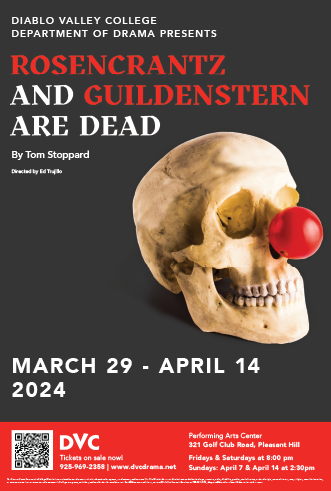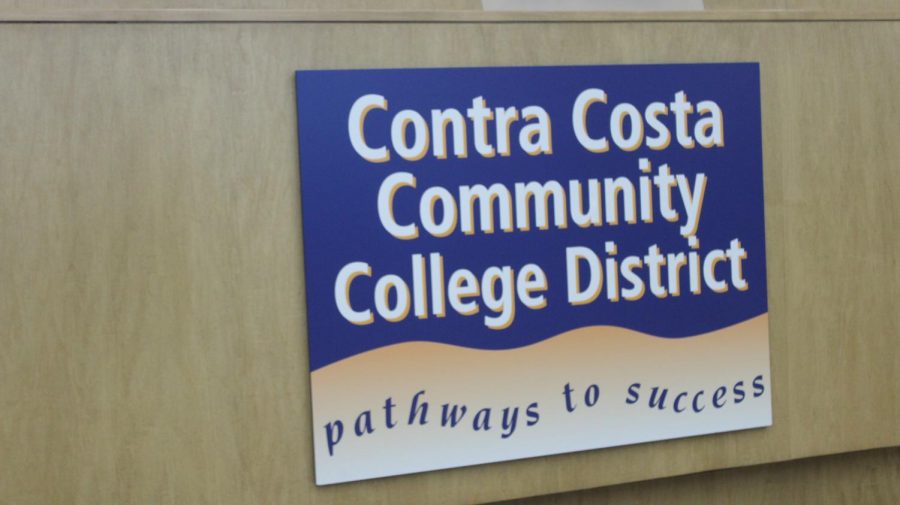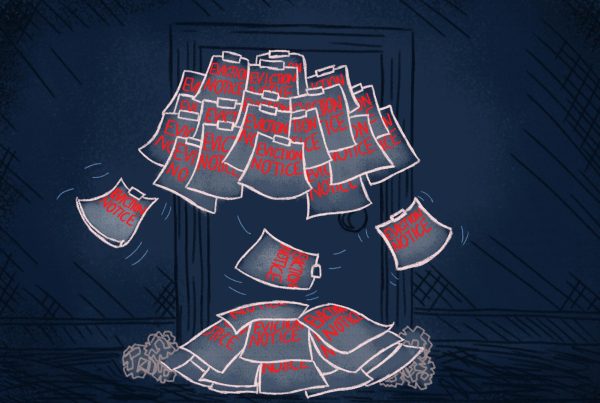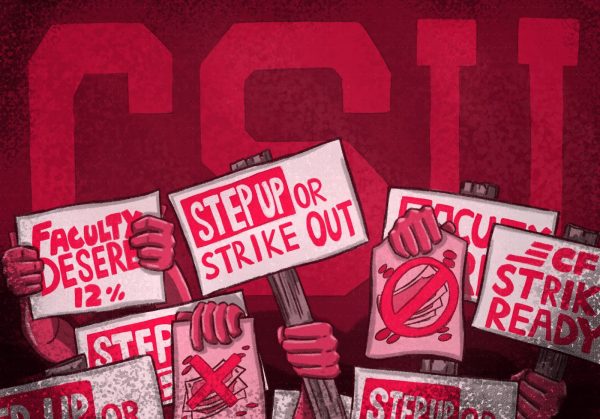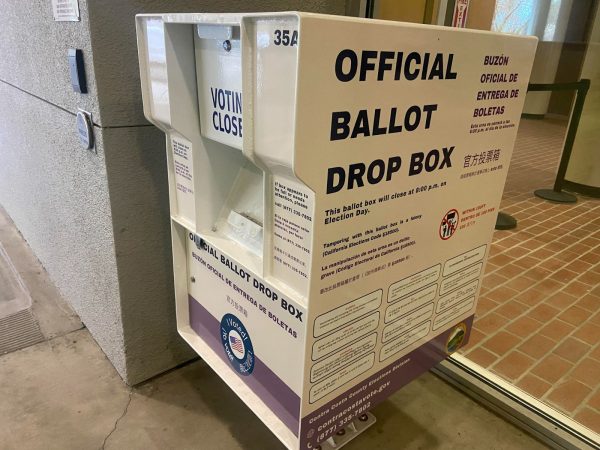Community college district concerned by state budget changes
The Contra Costa Community College District is concerned with the newly proposed budget that came out of California Gov. Jerry Brown’s office.
March 18, 2018
In January, Gov. Jerry Brown released his fiscal year 2018-2019 budget for the state. In this budget, Brown has made a proposal to change the formula for how community colleges get their state funding.
Currently, the funding the district receives from California’s general funds is based on the number of full-time equivalent students (FTES) or enrollment.
In the new budget, only 50 percent of the budget will be defined by enrollment, 25 percent will go to serving low income students and the last 25 percent will be around metrics of success.
Both Dr. Fred Wood, chancellor of the Contra Costa Community College District and Jonah Nicholas, the district’s key financial adviser, associate vice chancellor and chief financial officer have noted the new budget will negatively affect the district.
“Fifty percent of our budget will come from new formulas that have not been developed and we don’t know their outcome and we are concerned about that,” said Wood. “Half of our dollars are still ill-defined both in the near and long term.”
Diablo Valley College President Susan Lamb has said that as the state budget language currently stands, DVC is set to receive less money from the state.
Whether or not the state funding in its current form is still to be decided. There are a lot of work groups at play, providing feedback to the state chancellors office.
One of the most concerning components of this potential funding formula that will have significant impact on the district is that after fiscal year 2018-2019, districts will no longer have the ability to shift summer enrollment numbers to be a part of the previous or future fiscal year.
The district uses this accounting trick as a buffer for fluctuating enrollment numbers from one fiscal year to another.
If this budget language goes through, the district would see an end to their ability to borrow summer FTES and put it into a previous fiscal year or to take the previous fiscal year summer FTES and put it into the current fiscal year. So what the district achieves in the natural academic year is what enrollment will be based off. Nicholas said the district has used the scheme of moving summer FTES between years to “great financial success.”
“(The district) is expressing our concerns,” said Nicholas. “This is a major concession for the community college system. We need a mechanism (in the budget) that stabilizes funding that at least close to mechanisms that currently exist.”
The budget was introduced in January but a revised and more final version comes out in May and will be finalized and ratified by June of this year.
The community college district’s leaders will join other groups like United Faculty and the Community College League of California in trying to lobby the final budget.

















